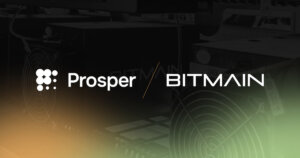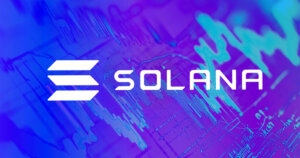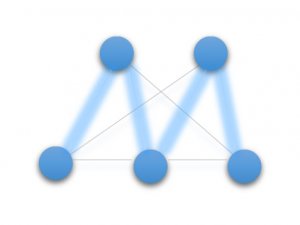 China’s Mother of All Chains (MOAC) Seeks to Compete With Ethereum
China’s Mother of All Chains (MOAC) Seeks to Compete With Ethereum China’s Mother of All Chains (MOAC) Seeks to Compete With Ethereum

Photo by Adi Constantin on Unsplash
Can China’s Mother of All Chains (MOAC) outperform the world’s second largest cryptocurrency?
As one of the first cryptocurrencies to launch, Ethereum has since revolutionized the blockchain industry through its introduction of dApps and smart contracts – which have been used to launch countless ICOs worldwide.
But recently, Ethereum has dealt with issues in efficiency and scaling, constantly maintaining a transaction-congested network that is growing slower with increased usage.
 A team of developers from China is attempting to solve these issues through MOAC, a blockchain network that utilizes cross-chain transactions and “MicroChains” to increase speed and efficiency.
A team of developers from China is attempting to solve these issues through MOAC, a blockchain network that utilizes cross-chain transactions and “MicroChains” to increase speed and efficiency.
The Mother of All Chains improves on Ethereum’s decentralized network by adding additional layers (MicroChains) to the blockchain for distinct transaction types based on required computation power.
In an interview with Forbes, MOAC Chief Business Development Officer Ryan Wang stated:
“In a blockchain system like Ethereum, there’s no difference between a balance transfer transaction and a smart contract transaction… All the transactions are handled at the global level, thus greatly limiting the TPS and the system-level performance.”
By distinguishing the MicroChains within the MOAC network by transaction type – balance transfer and smart contract transactions – the total network is able to operate more efficiently. Each MicroChain is individually configured for a transaction type on a separate consensus module.
According to the MOAC whitepaper,
“MOAC is to design a scalable and resilient Blockchain that supports transactions, data access, control flow in a layered structure. It creates the framework to allow users to execute Smart Contract in an efficient way. It also provides the architecture to spawn sub blockchains using underlying infrastructure quickly and easily.”
Introducing Smart Contract as MicroChain (SAAM)
To make this unique network accessible, MOAC has developed the Smart Contract as MicroChain (SAAM) ecosystem to help developers build and configure dApps to meet their specific needs. Wang states:
“SAAM produces a dApp friendly ecosystem that allows developers to create the blockchain that best fits their use case. This creates a healthier ecosystem and increases TPS and system performance as more miners join.”
How MOAC uses Cross-chain to integrate a divided blockchain
With greater efficiency comes the issue of inter-MicroChain communication. Cross-chains provide the ability to make transactions across blockchains – connecting the communities behind once distinct networks.
The MOAC network is now live
In June 2017, MOAC raised nearly $7 million through its ICO and has since garnered immense support via Chinese social media communities like WeChat and QQ.
Although MOAC is currently listed as an ERC20 token, like EOS and TRON, it will soon utilize its own native blockchain and token. According to the MOAC Business Whitepaper:
“Purchaser will receive certificate token over Ethereum network “MOAC_ETH” for the funds contributed. Purchaser will be able to claim MOAC in MoacChain once it is up running at the ratio 1:1.”
For more information about MOAC, including price, founders and social media links, please see our MOAC coin profile.



 CryptoQuant
CryptoQuant 

 Farside Investors
Farside Investors 









































































 A team of developers from China is attempting to solve these issues through
A team of developers from China is attempting to solve these issues through 







